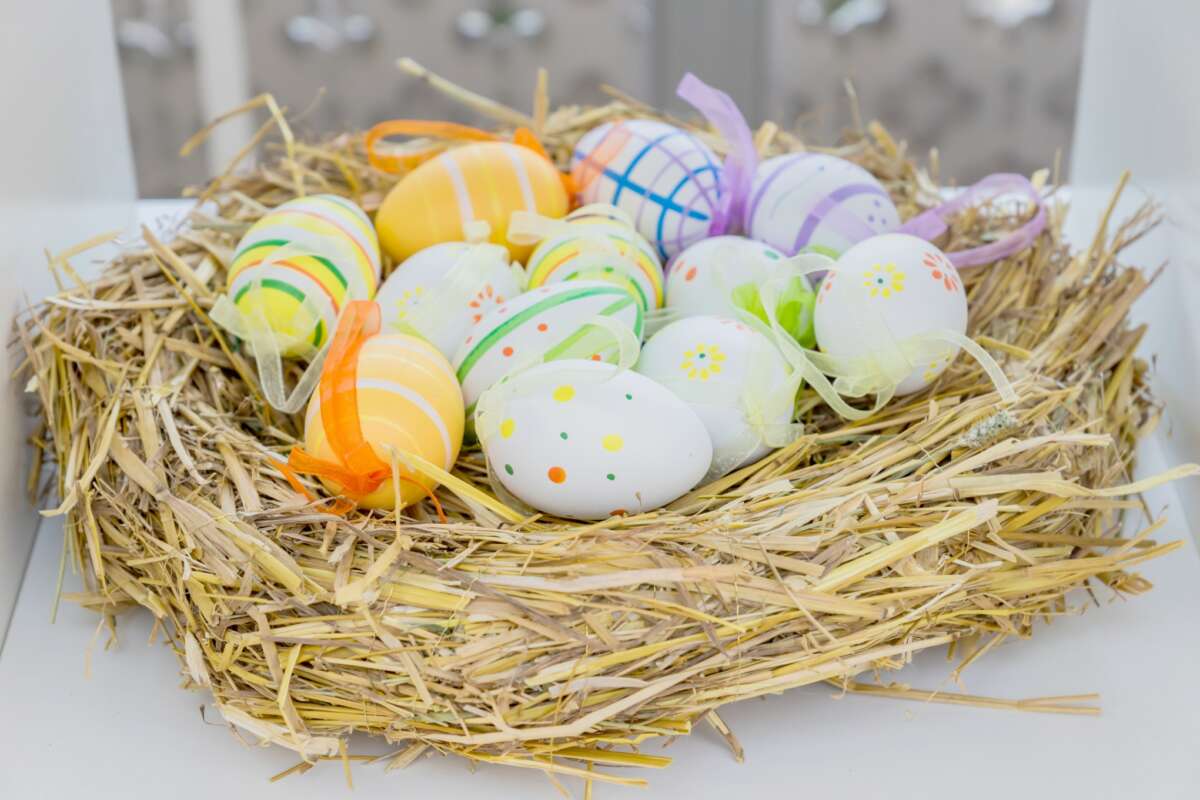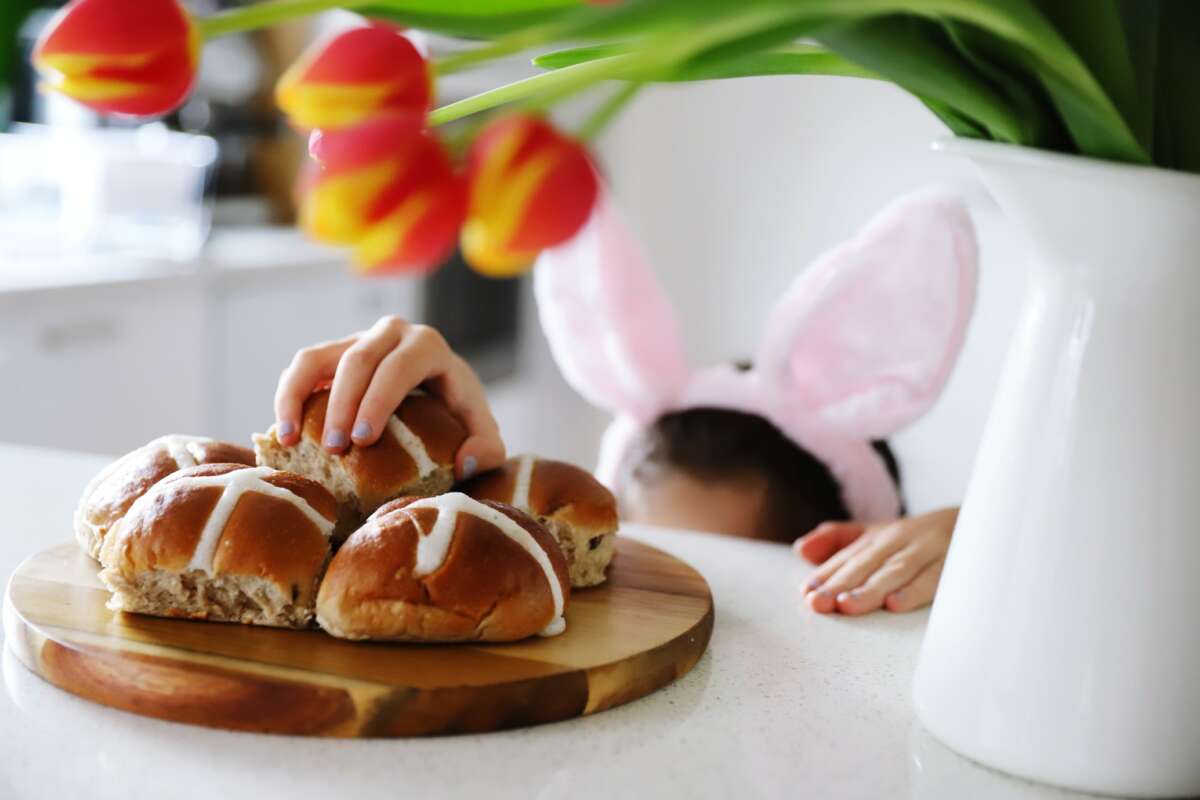If you’re a regular spirits drinker, then you already know: Japanese whisky is a “thing.” It has been for a while, actually. In our recent travels, we were told by several chatty bartenders that the craze for it continues unabated. Scarcity has caused prices to skyrocket, and driven bars to hoard their supplies. Intrigued by the ongoing frenzy, we decided to investigate. We went in search of knowledge and found ourselves in Lower Manhattan.
On a recent cold wet night, the Dandelion Chandelier Style Council convened for an evening at a charming, cozy bar on North Moore Street in Tribeca called the Brandy Library. It had just opened for the night when we arrived, so we had the joy of having the lovely space all to ourselves for a few quiet moments. It truly feels like a library: the room is suffused with warm amber light, and lined with dark wood shelves stocked with glass bottles of whiskey (one small section actually does hold books). The whiskey bottles, arrayed like a collection of perfume bottles, are little works of art in themselves: many multi-faceted, no two the same, all reflecting in some measure the soft golden light.
Throughout the room, there are clusters of inviting velvet sofas and easy chairs in autumnal hues; there’s also a working fireplace (you can see all of this and more in the slideshow at the end of this post). The coiled copper light fixtures, copper-topped bar, and instrumental ‘20s jazz in the air made it the perfect refuge on a rain-soaked winter evening. An elegant bar in old New York probably felt a lot like this.
Our mission was a tasting of a broad spectrum of whiskeys – you can’t fully understand a new craze unless you understand the traditional choices that came before it. So we booked a private tasting with an expert in order to get properly schooled.
BTW, in case you’re wondering about the proper way to spell the word, the “e” is left out for Scottish and Japanese spirits, and left in for those made in Ireland, America and elsewhere. For purposes of this post, when we’re referring to the total category, we’ll include the “e.” But not when we’re referring to a spirit made in Scotland or Japan. You can see already how many layers of history and culture come into play when you talk about whiskey. Or whisky.
The evening began with a cocktail and hors d’oeuvres at the main bar: to ease us in, we were served a Tokindi Highball Cocktail – it’s made from Suntory’s Toki whisky, a Seville orange-flavored distilled botanical mixer from Spain called Indi, and Choya plum wine. It was smooth and refreshing, and paired perfectly with a generous range of small bites: gougères – some filled with Gruyère and some with fresh-made guacamole (these were insanely delicious); “New York and Paris” mini-sandwiches made with ham and cream cheese; spicy ground lamb in puff pastry; and yellowtail tuna sushi.
After this warm-up, our guide for the tasting, Jeffrey, led us down a tightly-coiled spiral staircase to the lower level, where a charming private room decorated floor-to-ceiling with empty whiskey boxes awaited. We settled in on comfortable couches; at each place-setting there were four small glasses with lids, each containing a small amount of whiskey. Jeffrey explained that we would drink some of what was in the glass at the start, but that we should save a little to taste later in the evening – like wine, the flavor of whiskey evolves and deepens over time.
A quick primer. Whiskey is made from grain, usually one of four types: corn, rye, wheat or barley. Most are a combination of two or three of these ingredients (a handful of Japanese distilleries use rice). The distillation process results in a clear liquid – barrel aging is what makes whiskey brown (70% of the taste and color of any whiskey comes from the barrel). Some countries have strict regulations on what can properly be called whiskey – for example in Scotland, the barrels must be made of oak. To be called bourbon, a spirit must be made in the US and aged in a first-use charred barrel (the barrels are then sold to distillers of rum, tequila and other spirits, and sometimes to craft beer breweries).
The origin story behind Japanese whisky is that in 1918, the founder of Suntory sent master distiller Masataka Taketsuru to Scotland to learn how to make Scottish whisky. In 1923, Suntory opened its Yamazaki distillery and began to produce its first whisky. Launched publicly 5 years later, it was a commercial failure. The smoky, peaty flavor beloved by the Scots didn’t appeal to the Japanese. In 1937, Suntory tried again with a more elegant and smooth flavor profile, and it succeeded.
In the meantime, Taketsuru left Suntory, moved to the island of Hokkaido, whose climate closely resembles that of Scotland, and continued making the Scottish-style whisky he loved under the Nikka brand name. It’s only in the past few years that the world has discovered them. 2001 was the first year that a Japanese whisky won a major industry prize, and 2003 was the second (that was also the year that the film “Lost in Translation” introduced the world to the brand name Suntory). The current craze seems to have really taken off in 2014, when Jim Murray, a highly respected whisky critic, named Suntory’s Yamazaki Single Malt Sherry Cask 2013 the best in the world for its fruity notes, delicate sweetness, and “near indescribable genius.” Some attribute this quality to the water in Japan; some to its climate; and of course, some to the people who make it. Suntory and Nikka are still the largest producers of whisky in Japan, but there are now hundreds of small-batch distilleries as well.
On to the tasting! How is this properly done? First you sniff the contents of your glass. Then you turn the glass on its side and rotate it so that the entire interior is coated with liquid. Then you “chew” it – meaning, you swish it around in your mouth like mouthwash. After swallowing, you breathe out through the mouth and then in through the nose. Got that? It’s rather undignified, and best done around trusted friends and family.
Our tongues, gums and throats were on fire after our first taste, but as promised, that sensation faded as the night went on. We tasted four whiskeys in Round One: a French whiskey made of buckwheat; a Japanese whisky made of barley and corn; a single malt Scotch whisky (100% malted barley from a single distillery) and a pure malt Scotch whiskey (“pure” whisky can come from 2 or more different distilleries, but it still must be 100% malted barley). Jeffrey regaled us with stories and answered all of our questions as we went.
After the first round, it was time for a palate cleanser – a shandy of beer and Sprite. Plus more hors d’oeuvres! Sliders, lamb chops, dried prosciutto with figs, and more sushi (toward the end we were plied with macaroons, eclairs, and individual bread puddings). Round Two consisted of three more whiskeys: a Kentucky bourbon made of 51% corn and 49% rye; a Canadian small batch whiskey; and a Kentucky straight rye whiskey. As a grand finale, we were treated to a special taste of an 18-year old Japanese whisky.
As you can imagine, there was a lot to learn. Here are few fun facts and helpful things to know:
–The time that it takes for whiskey to mature varies greatly depending on the climate. The “angel’s share” is the effective maturation measure, as each year some liquid evaporates. In Scotland and in Japan, the evaporation rate is 1-2%, meaning that it takes a long time for spirits to mature – a minimum of 12 years, and preferably 15. In those climates, spirits become even better – and a lot more expensive – after 18 years. Whereas in Kentucky, the rate is 5-6%, and 6-8 years of aging is sufficient for a good bourbon.
–The type of wood used for the barrel and its size have a significant impact on the final product, as does the duration of the aging process. Cooperage is the craft of making barrels, and there are experts who make a living helping distillers determine the right barrel and aging process to generate their desired flavor profile.
–Ice minimizes the flavor of a good whiskey – if it’s young or meant for use in a cocktail, you can drink it on the rocks, but doing that would ruin a fine aged one. A little water is OK, but otherwise, the purists say that we should drink them neat.
So which was our favorite? There were clear differences among the 7 we tasted: some were smoother, some richer, one was smokier and one a bit bland. We voted on our top picks at the end of the evening, and the strong consensus was for the single malt Scotch whiskey (perhaps coincidentally, it was the most expensive in the tasting). So if you’re not sure what to order when you’re out with your work colleagues, or what would make a great gift, the Style Council thinks you cannot go wrong with Macallan’s Sherry Oak 18 Years Old, which has notes of dried fruit with spice, clove, orange and wood smoke. But hey, that’s just us.
If you’re looking for great value, we’re told by insiders that Glenfarclas Scotch whisky is just as good as Macallan, but at a fraction of the price. Dalmore is another good name to remember if you want a single-malt Scotch, as is Balvenie Caribbean Cask 14-year. If you want the best bourbon, go for Pappy Van Winkle if you can find it – the 23-year runs $1,600 a bottle, but apparently it’s worth it. Otherwise, Jeffrey recommends Maker’s Mark, Blanton’s, and W.L. Weller.
If you decide to try a Japanese whisky, be forewarned that the prices are sky-high right now, if you’re even lucky enough to find what you really want to purchase. The distilleries are not even making age statements at the moment, because whisky from Japan is so scarce that the product is being released earlier than before; they’re running at 100 percent capacity, and they still can’t keep up with demand.
Jeffrey recommends Suntory Yamazaki 18 (not the 12), and Suntory Hakushu 18. If you want a guaranteed crowd-pleaser, he recommends Suntory Hibiki Harmony, which is a blended whisky. It has 10 malt and grain whiskies, aged in five different types of casks, from Suntory’s Yamazaki, Hakushu and Chita distilleries. Because it is so well-balanced, it’s likely to keep everyone happy. And it seems to be a bit easier to find.
Ironically, if you go to Japan hoping for a taste of the rare Japanese whisky, you’ll be disappointed. The export market for them right now is so robust that they are unavailable in their home market (you can get a lot of other kinds of whisky in Japan that for various reasons are not available in the US, so you can still sample something special if you find yourself in-country).
The bubble will inevitably pop on the whiskey of the moment, so if you want to stay ahead of the curve, Jeffrey and others we’ve spoken to suggested that you think about Irish whiskey, Taiwanese whiskey, rye whiskeys (especially from Canada), mescal and Armagnac (a distinctive brandy produced in Gascony in southwest France). Those seem to be the next wave.
What a fun evening! It was fascinating to learn more about the craftsmanship that goes into creating whiskey. And also good to know that generally speaking, you get what you pay for in this category.
We went back into the cold wet night feeling pleasantly buzzed and a lot smarter. On the black car ride back uptown, the Style Council was in unanimous agreement: the Brandy Library would be the perfect setting for a birthday party or any other celebration with close friends. One private room holds about eight people comfortably, and the other can hold 25. A tasting is a lovely way to share a meal and get smarter about a topic rich with history and culture.
But why wait for a special occasion? Maybe just stop by on a cold winter’s night – you’ll find warmth that will stay with you long after last call.








One Comment